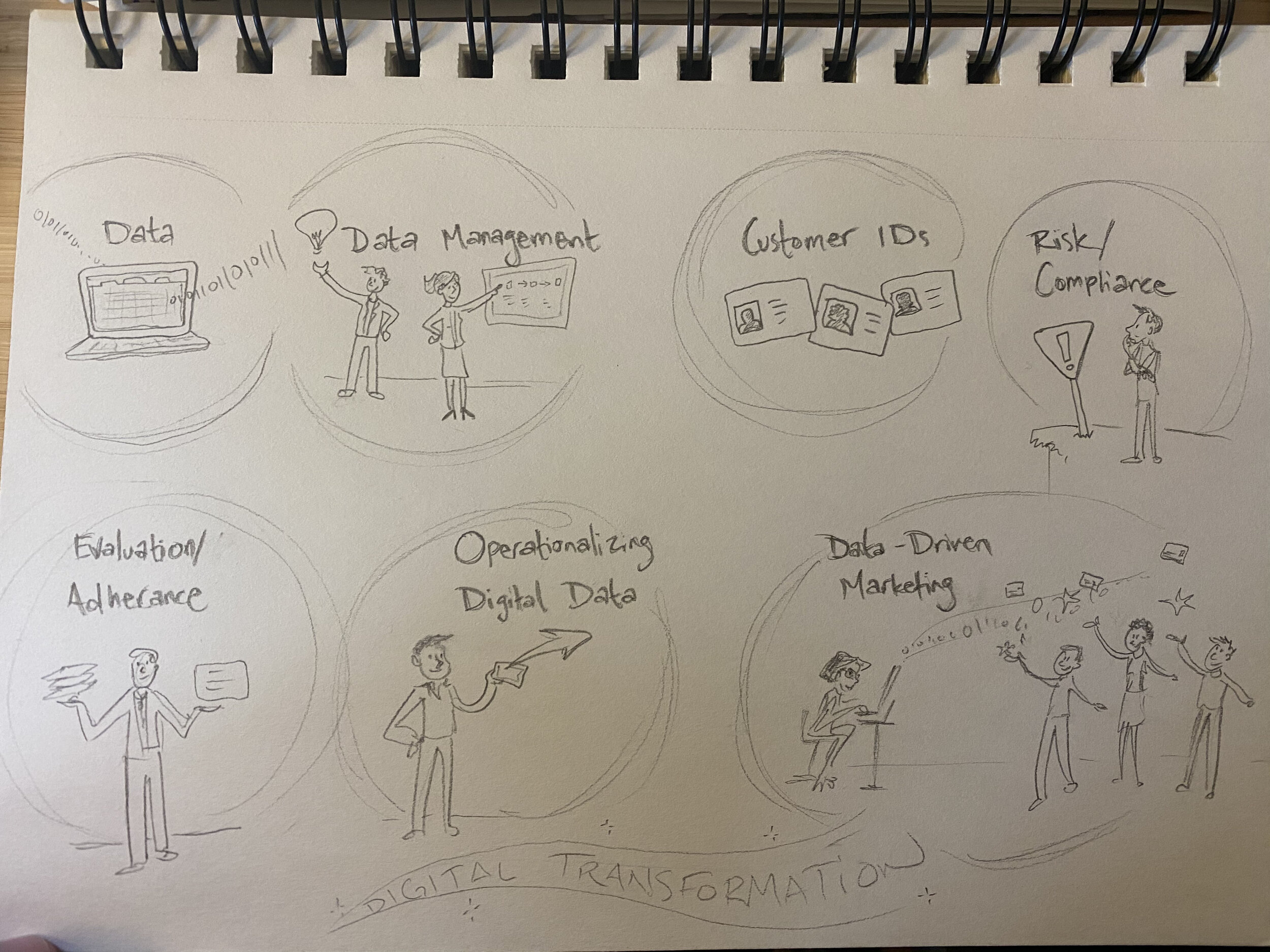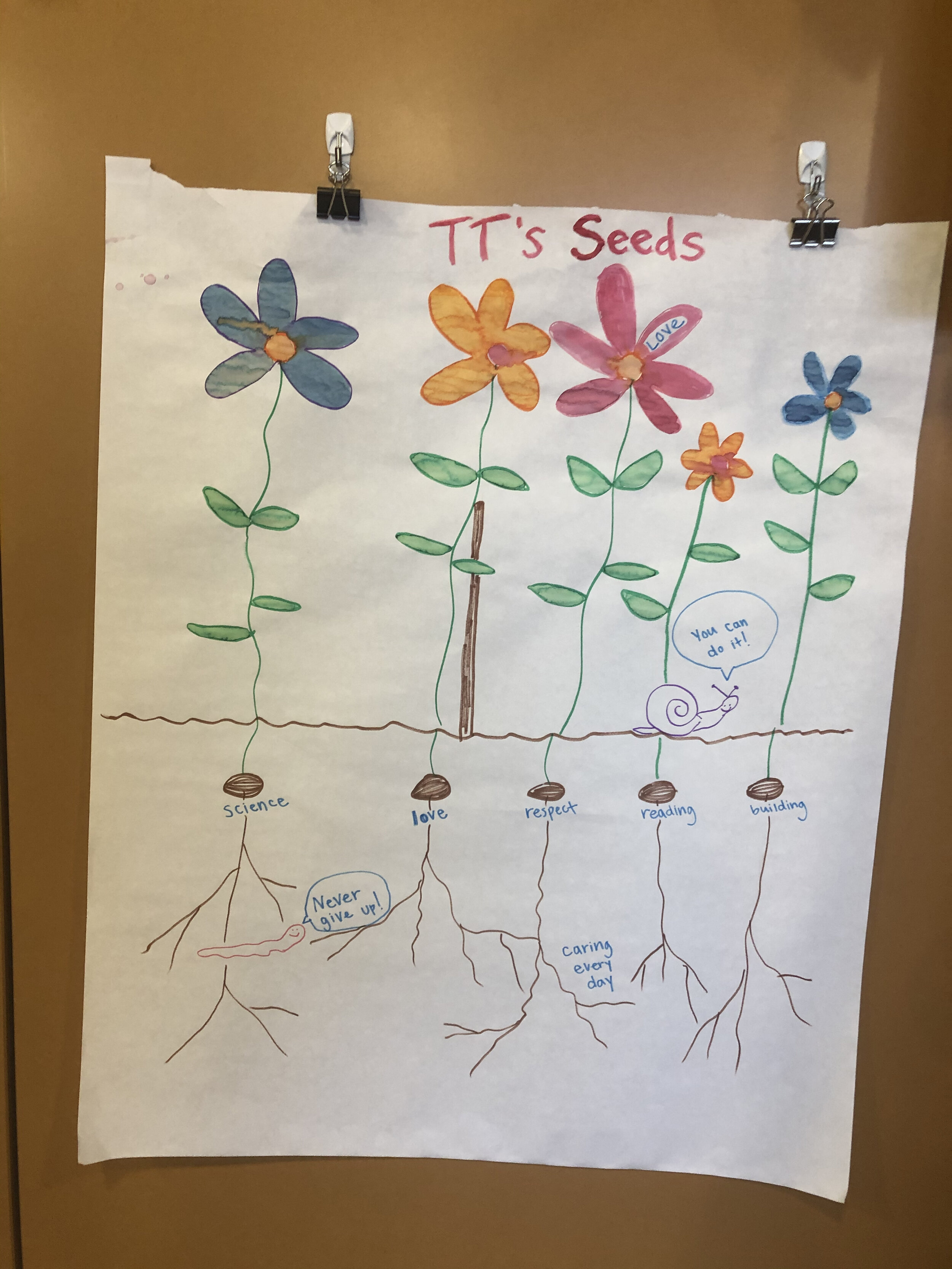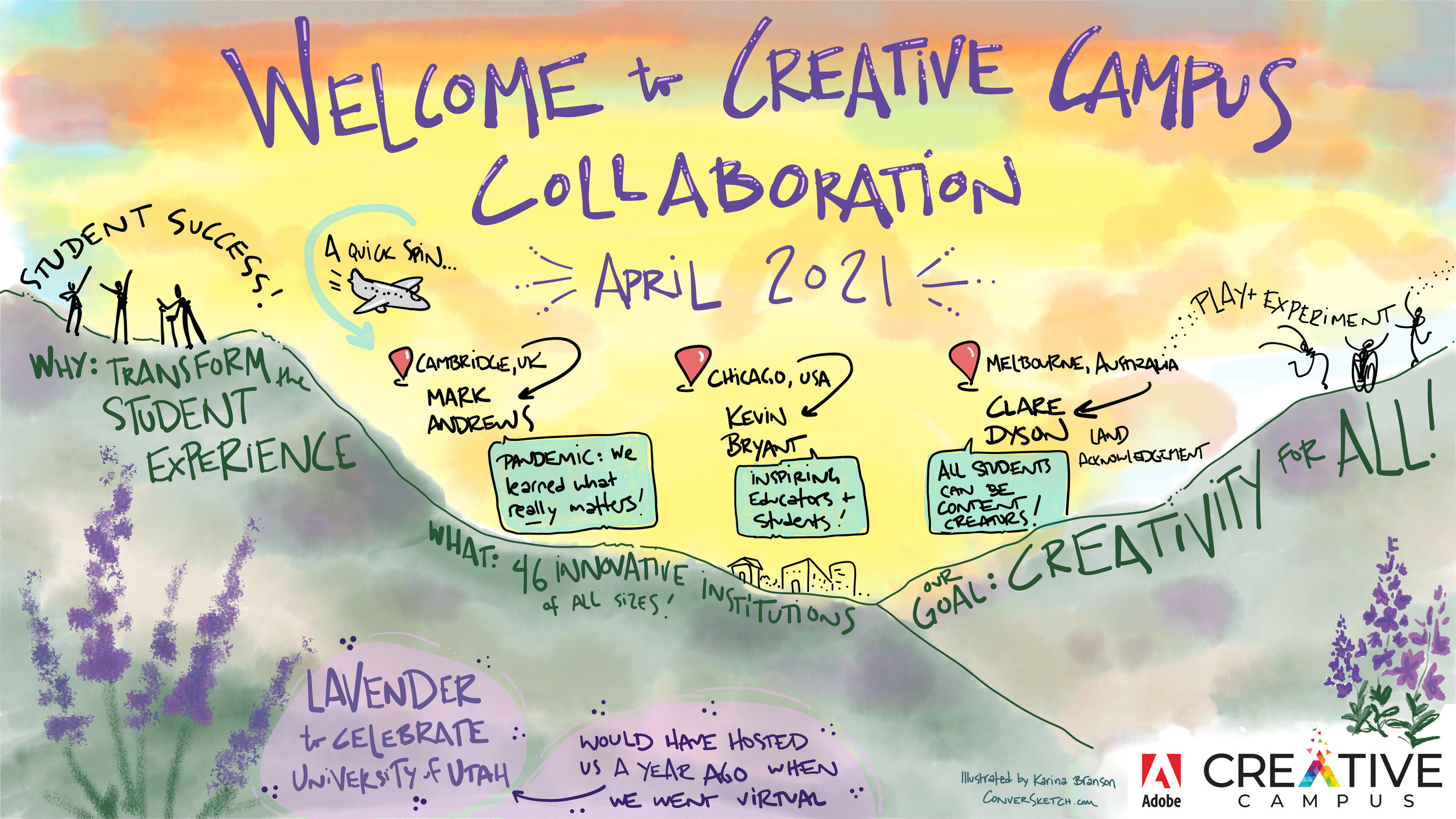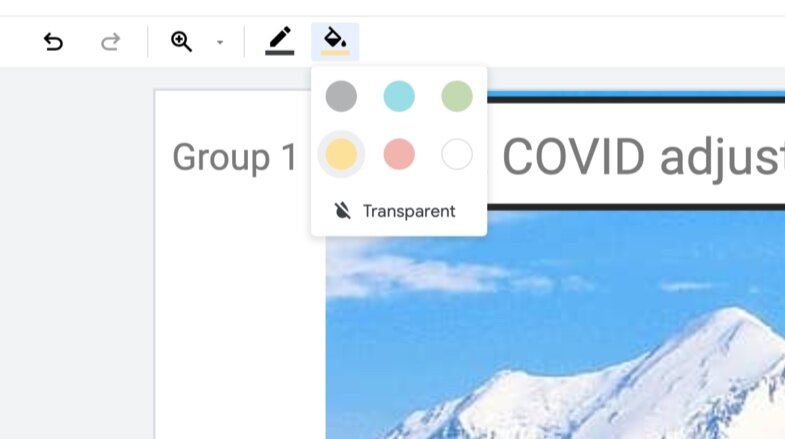Have you ever nailed a pitch? I mean, really crushed it? You saw that person you were talking to light up?
Chances are, you told a great story, quickly, in a way that resonated with your audience.
I get to work with incredible clients with important stories to tell. And…it can be hard. When you’re working with complex stuff, it takes skill to tell a great story in a minute or less (stoichiometry and microbial symbioses, anyone?).
Almost without fail, “communicating to the public!” is an outcome I hear regularly at workshops I’m facilitating. Those groups have spent a lot of time getting really, exceptionally good at what they do, which isn’t communicating to the public. Why do those same people expect to suddenly be great at something they’ve never practiced?
If you’re not partnering with a professional storyteller or communications firm, and you’re ready to level up your storytelling, here’s a technique I taught last year at IFVP’s online conference to help my peers simplify and get confident with their science communication skills.
Richard Feynman was a physicist and voracious learner. He also seems pretty humble and down to earth. Gotta love those folks. He developed this strategy to improve his own learning, and it’s a killer way to outline your story.
Choose your topic. What’s your story about? I suggest making a mind map of everything you know about it, then…
Teach it to a kid. Three hot tips to help them understand:
Use plain terms, no jargon.
Be quick about it, you (probably) aren’t working with a long attention span.
Before you start teaching, clarify and write down exactly what you want them to learn. If that’s hard for you to do, you know you can improve. According to the medium article I linked above, “This is also where the power of creativity can help you reach new heights in learning.” Boom.
Fill in the gaps and keep learning. Not knowing everything doesn’t mean you’re dumb, it means you’re human.
Organize, simplify, and use analogies. Try teaching that kid again and get their feedback. Make a new mind map. Draw a picture. And keep iterating until it feels simple, clear, and your audience gets that sparkle in their eye that means they GET it!
Once again, thank you from my heart and soul for your support, great senses of humor, brilliant minds, collaboration and what you're each doing to make the world a better place.
Cheers,
Where in the Virtual World is ConverSketch?
Adobe Creative Campus Collaboration - Summer 2021: Where campuses from around the continent reflect on what’s working, where they want to focus, and how to support creativity in learning for all!
Facilitating Microbiologists: Working on a grant proposal for microbial symbioses in the environment. Here’s a snapshot of the Miro board we worked in over two days to brainstorm, make decisions, and outline a writing plan.
In the Studio: Working on several videos. Here’s a sneak peek of one I just filmed as a trailer for a virtual field trip for the Park Service in Alaska. It’s about climate change, brown bears, and what they eat!
Arizona HIV Leadership Academy: Supporting the closing of a program reflecting on what they’ve learned and want to carry with them as leaders in the community.




























































